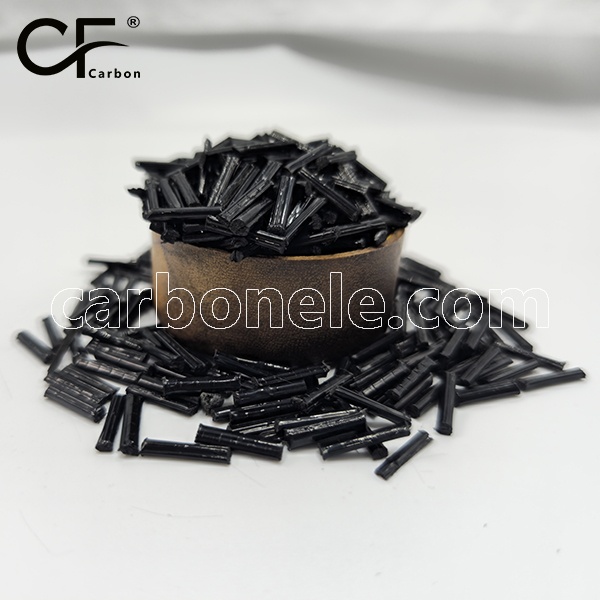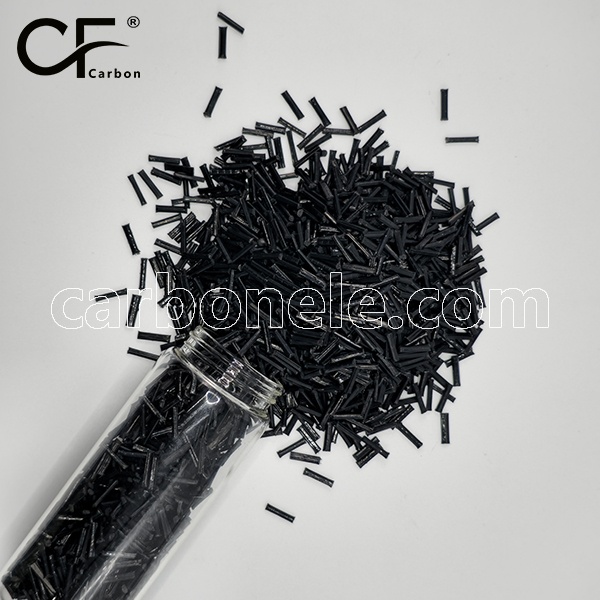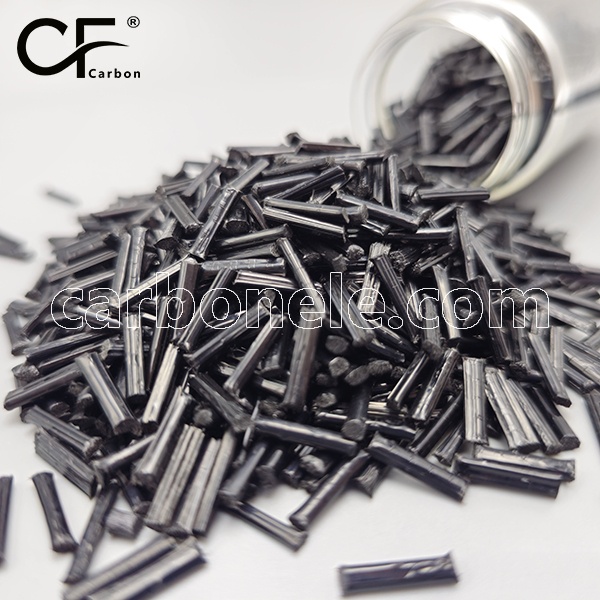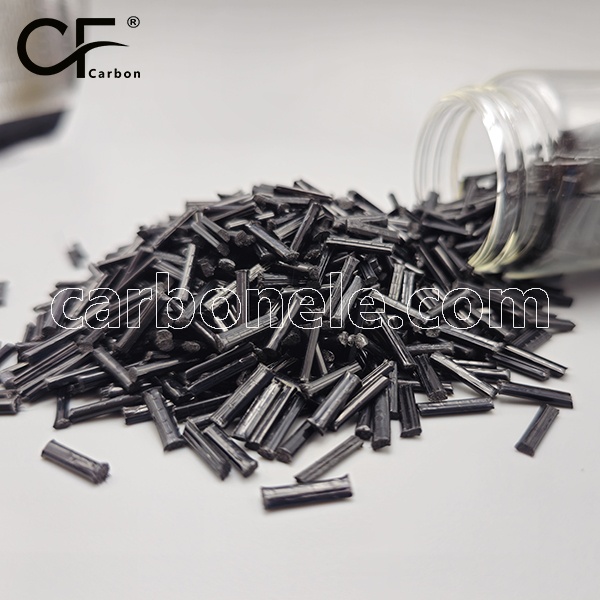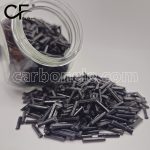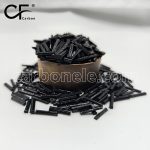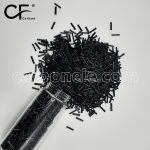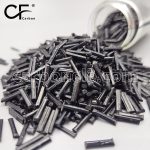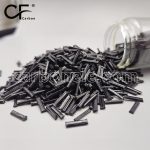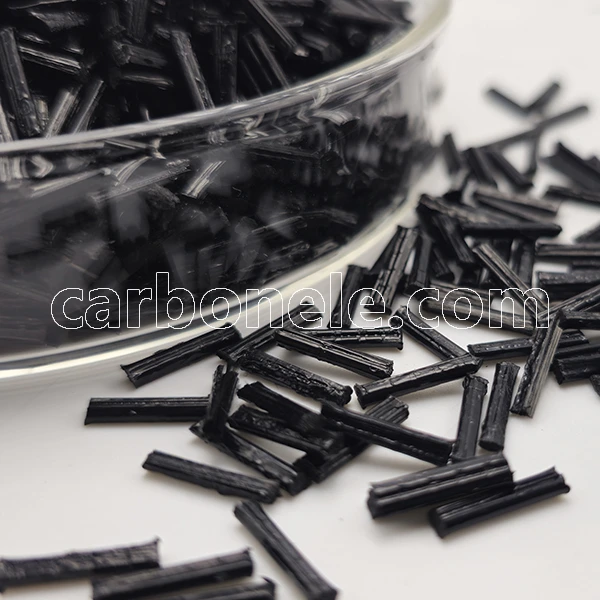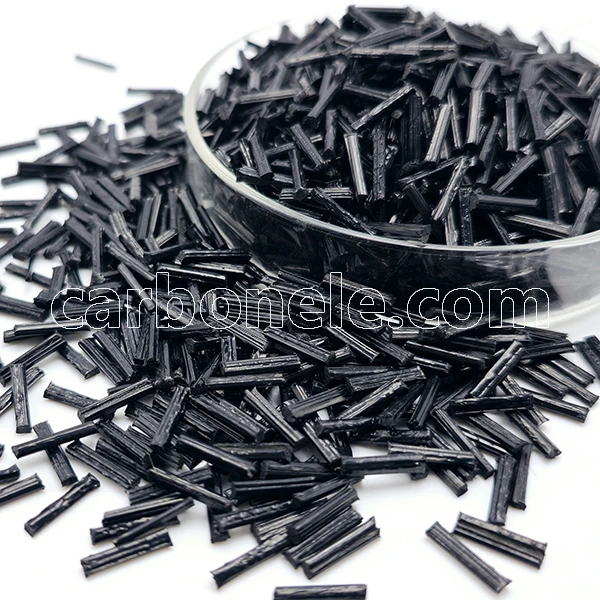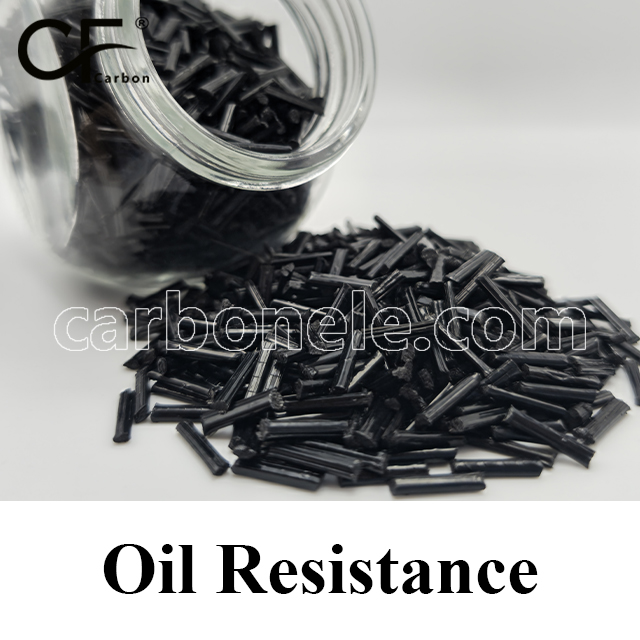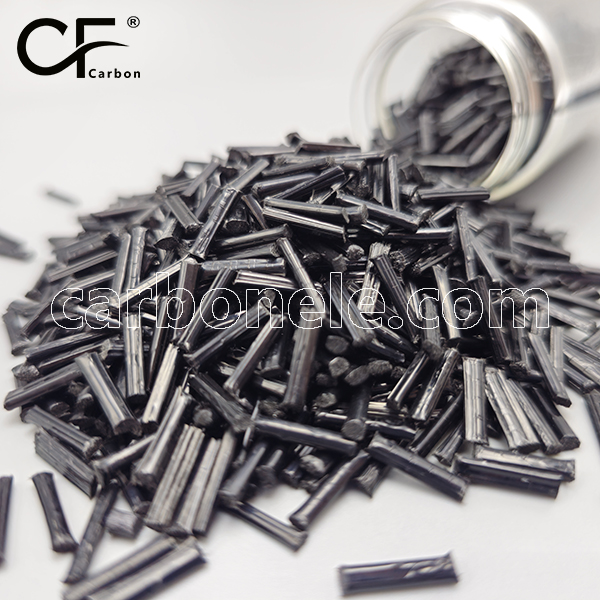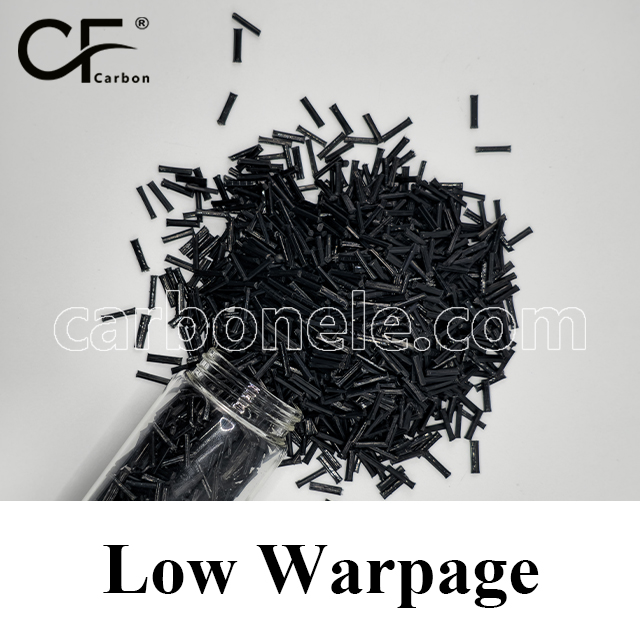PA12-LCF20: The Ultimate Nylon Solution for Superior Pneumatic Fittings
In the demanding world of industrial automation and machinery, every component must perform flawlessly under pressure. The quest for a material that combines exceptional strength, remarkable chemical resistance, and unwavering durability in dynamic environments is never-ending. For engineers and designers specifying parts for pneumatic systems, this search often ends with one advanced material: PA12-LCF20.
This isn’t just another nylon; it’s a sophisticated engineering composite where the inherent benefits of Polyamide 12 are fundamentally transformed by the integration of long carbon fibers. The result is a material that redefines performance and reliability for critical components, most notably durable pneumatic fittings. This article explores why PA12-LCF20 is the definitive choice for manufacturers who refuse to compromise on quality, efficiency, or longevity in their pneumatic assemblies.
Understanding the PA12-LCF20 Advantage
To appreciate why PA12-LCF20 is so effective, one must first understand its composition. This knowledge reveals the science behind its superior performance in creating durable pneumatic fittings.
The Foundation: Premium Polyamide 12 Nylon
At its core, PA12-LCF20 utilizes a high-grade Polyamide 12 (Nylon 12) matrix. This specific polymer is renowned in the industry for its low moisture absorption characteristics, which are superior to many other nylons.
This property is crucial for maintaining dimensional stability in environments where humidity fluctuates. Furthermore, Polyamide 12 offers excellent resistance to a wide range of chemicals, including greases, oils, and hydraulic fluids, which are commonly present in industrial settings.
Its natural toughness and good impact resistance provide a reliable foundation upon which to build a high-performance composite material. This base polymer ensures that components made from PA12-LCF20 will not swell or degrade when exposed to challenging conditions, a fundamental requirement for any material used in precision pneumatic systems.
The Reinforcement: Long Carbon Fiber Technology
The true transformative power of PA12-LCF20 comes from its reinforcement: long carbon fibers that constitute a significant portion of the composite. Unlike short fibers that offer modest improvement, long carbon fibers are integrated throughout the nylon matrix, creating a continuous, intricate load-bearing network.
This architecture is analogous to the steel rebar within a concrete structure; it provides immense tensile strength and structural integrity.
These long fibers dramatically increase the stiffness of the material, preventing deformation under high mechanical loads. They also significantly enhance the creep resistance of the composite, meaning that PA12-LCF20 components will maintain their shape and dimensions over time, even when subjected to constant stress.
This combination of the durable nylon base and the robust carbon fiber network creates a synergistic effect, yielding a material with properties far exceeding those of its individual parts.
The Demanding World of Pneumatic Systems
Pneumatic systems are the lifeblood of countless industrial operations, from assembly lines and packaging machinery to robotics and material handling equipment. They rely on compressed air to generate motion and force, making them clean, efficient, and powerful. However, the components within these systems face a unique set of challenges that demand a material with a very specific profile.
Understanding these challenges is key to understanding why a standard plastic or even a metal is often insufficient for the critical task of creating truly durable pneumatic fittings.
Constant Pressure and Mechanical Stress
Durable pneumatic fittings are under almost constant assault from both internal and external forces. Internally, they must contain high-pressure air streams without failing, cracking, or leaking. They experience cyclic stress as systems pressurize and depressurize repeatedly throughout a shift, leading to material fatigue.
Externally, they are often subjected to mechanical impacts, vibration from adjacent machinery, and overtightening during installation or maintenance. A material that is too brittle may crack under impact, while one that is too ductile may deform under constant pressure, compromising the seal and leading to system failure. This environment requires a material with an exceptional balance of strength, stiffness, and impact resistance—a balance perfectly struck by the PA12-LCF20 composite.
Exposure to Industrial Chemicals and Oils
The factory floor is a hostile environment for many materials. Durable pneumatic fittings are frequently exposed to lubricating oils, grease, cleaning solvents, and other industrial chemicals. These substances can attack and degrade many polymers, causing them to become brittle, swell, or lose their mechanical properties.
A leaking fitting that has been weakened by chemical exposure can lead to a catastrophic drop in system pressure, halting production and requiring costly downtime for troubleshooting and replacement. Therefore, chemical resistance is not a luxury; it is an absolute necessity. The PA12-LCF20 material, with its robust Polyamide 12 foundation, provides outstanding resistance to these harsh substances, ensuring long-term integrity and reliable performance.
PA12-LCF20 in Action: A Case Study of Durable Pneumatic Fittings
Let’s translate these material properties into a real-world application. Consider a high-speed automated packaging line where hundreds of pneumatic actuators are used to push, pull, lift, and place products every minute.
The efficiency of this entire multi-million dollar operation hinges on the reliability of its compressed air supply. Every connection point, every junction, is a potential failure point guarded by a pneumatic fitting.
Superior Performance in Critical Connections
In this scenario, fittings manufactured from PA12-LCF20 provide a decisive advantage. Their high stiffness, imparted by the long carbon fibers, ensures that the fitting body does not flex or expand under high air pressure.
This maintains a perfect, leak-free seal with the tubing, maximizing air flow efficiency and conserving energy. The incredible strength of the PA12-LCF20 material means that these durable pneumatic fittings can be tightened to the exact manufacturer’s specifications without fear of stripping threads or cracking the body, even after numerous maintenance cycles.
This reliability eliminates a common source of air leaks, which are a significant source of energy waste and operational inefficiency in pneumatic systems.
Longevity and Reduced Total Cost of Ownership
The true value of PA12-LCF20 reveals itself over time. While the initial unit cost may be higher than a standard nylon fitting, its longevity makes it vastly more economical. The exceptional wear and abrasion resistance of the PA12-LCF20 composite means the fittings can be disconnected and reconnected countless times without the threads wearing down.
Their resistance to chemical degradation means they won’t need to be replaced due to accidental exposure to oil or solvent. This translates directly into fewer production stoppages, reduced maintenance costs, and a lower inventory of spare parts. By minimizing unplanned downtime, PA12-LCF20 durable pneumatic fittings protect the overall productivity and profitability of the manufacturing operation, offering an outstanding return on investment.
Beyond Pneumatic Fittings: Other Applications for PA12-LCF20
While the case for durable pneumatic fittings is compelling, the utility of PA12-LCF20 extends far beyond this single application. Its unique property profile makes it an ideal candidate for a wide range of demanding components across various industries.
The material’s combination of low moisture absorption, high strength, and chemical resistance opens doors to numerous engineering challenges.
Automotive Fluid Handling Components
In the automotive sector, under-the-hood applications demand materials that can withstand heat, oil, and vibration. PA12-LCF20 is an excellent material for manufacturing durable clips, brackets, and housings for fuel lines, sensor mounts, and other critical fluid handling components. Its stability ensures long-term performance in an engine’s harsh environment.
Robust Industrial Gears and Bearings
For light-to-moderate load applications, gears and bearings made from PA12-LCF20 offer smooth operation, low noise, and resistance to wear without the need for external lubrication. This makes them perfect for use in food processing machinery, conveyor systems, and other settings where contamination from lubricants must be avoided.
Why Choose Our PA12-LCF20 Material?
Selecting a material is only half the battle; ensuring its consistent quality is the other. Our commitment to excellence is embedded in every pellet of PA12-LCF20 we produce.
Uncompromising Quality and Consistency
We understand that your production process depends on predictable material behavior. Our PA12-LCF20 is manufactured under rigorously controlled conditions to ensure perfect dispersion of the long carbon fibers within the nylon matrix.
This guarantees uniform mechanical properties in every single batch, eliminating surprises during your injection molding process and ensuring that every durable pneumatic fitting you produce meets the highest standards.
Technical Expertise and Partnership
We are more than just a material supplier; we are your technical partner. Our team of experts is available to provide support and guidance on processing parameters, design optimization for PA12-LCF20, and troubleshooting, helping you bring superior, reliable products to market faster and more efficiently.
Conclusion: Engineer the Future with PA12-LCF20
In conclusion, the challenge of creating truly durable pneumatic fittings that can withstand the rigors of industrial automation is met head-on by the advanced capabilities of PA12-LCF20. This material is not merely a alternative; it is a significant upgrade over conventional options.
By offering an unparalleled combination of strength, chemical resistance, dimensional stability, and longevity, PA12-LCF20 empowers engineers to design systems that are more reliable, efficient, and profitable. It represents a smarter approach to manufacturing, where investing in superior materials upfront leads to dramatic savings and performance gains down the line. For your next project, specify PA12-LCF20 and experience the difference that a truly engineered composite can make.
If you want to get more information about ABS-LCF60, you can visit our YouTube.
You can click here to contact us.












